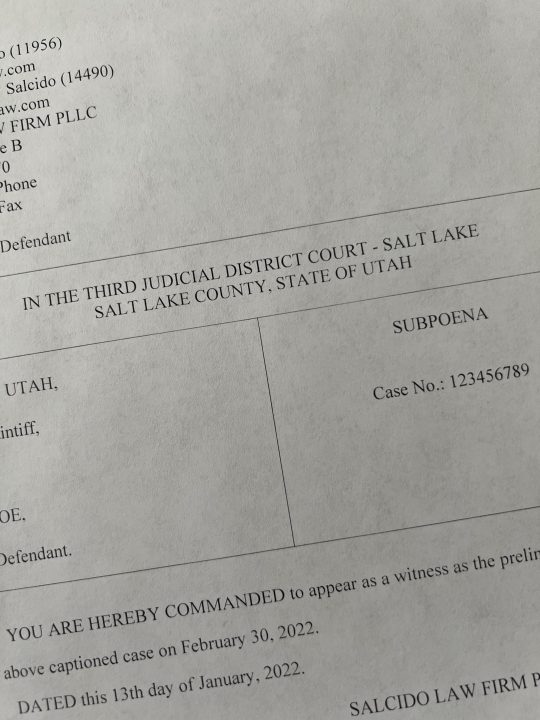What is the Exclusionary Rule?

The exclusionary rule, in simple terms, allows courts to rule that a piece of evidence is inadmissible if it was obtained through illegal means by law enforcement, typically through an illegal search. If the evidence is important enough and it is excluded, it could sink a prosecutor’s case. For example, if the blood results in a DUI case are excluded the prosecutor may have a difficult time proving that the defendant was under the influence to the point that it impaired his driving. Thus, the courts have determined that there must be a sufficient deterrent to justify applying the exclusionary rule. When that deterrent is not present, the court will apply one of three exceptions to the exclusionary rule.
The Three Exceptions to the Exclusionary Rule
There are three exceptions to the exclusionary rule: (1) the independent source exception, (2) the inevitable discovery exception, and (3) the attenuation exception. See State v. Strieff, 2015 UT 2, 6.
The independent source doctrine applies when evidence derived from illegally obtained is also obtained legally. Application of this doctrine is set forth in the facts of Segura v. United States, 468 U.S. 796 (1984) in which the law enforcement entered the defendant’s apartment without a warrant and then remained there until they could obtain a search warrant. The United States Supreme Court ruled that because the warrant was obtained through facts not discovered in the illegal entry, the search and seizure was legal.
The inevitable discovery doctrine is similar in some respects to the independent source doctrine. The gist of the inevitable discovery doctrine is that if the police would have discovered evidence regardless of an unlawful search then the evidence will be deemed admissible. The Supreme Court addressed this doctrine in Nix v. Williams, 467 U.S. 431 (1984). In that case a suspect had made statements to the police, but only in violation of his right to an attorney. His statements led the police to find the victim’s body. At the same time, however, another search was underway which would have inevitably led to the finding of the body. Thus, the court held the evidence was admissible.
The attenuation doctrine generally involves evidence obtained some time after law enforcement’s illegal actions. Nearly all cases involving this doctrine deal with a confession given by a defendant after the police unlawfully detain him. The doctrine has three prongs: (1) the “temporal proximity” of the unlawful detention and the discovery of incriminating evidence, (2) the presence of “intervening circumstances,” and (3) the “purpose and flagrancy” of the official misconduct. See Brown v. Illinois, 422 U.S. 590 (1975). The “intervening circumstances” prong is probably the most important of the three. The question becomes whether there are circumstances that break the legal chain of events leading to the discovery of the evidence at issue.




